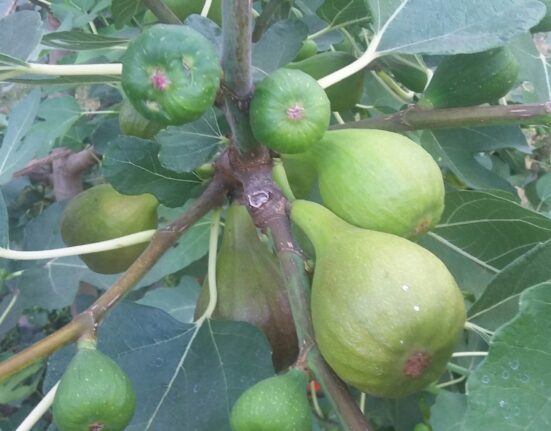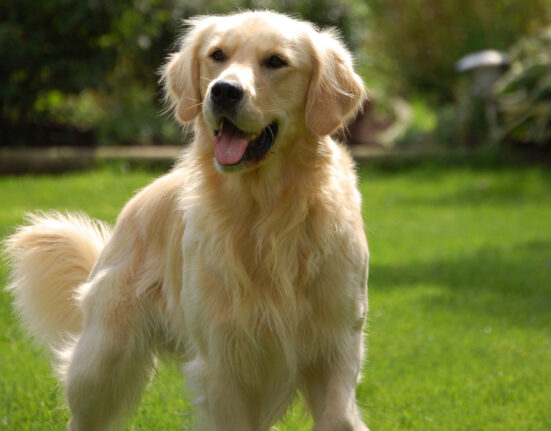Japanese quails, known scientifically as Coturnix japonica, are fascinating creatures with a unique place in history. These birds are native to various regions in Asia, including China, India, Japan, Korea, and Russia. They can also be found in parts of Africa and Europe. Some populations of Japanese quails are migratory, adapting to different environments throughout the year.
In their natural habitats of steppes and meadows, Japanese quails have a diverse diet that includes grass seeds, small insects, and other invertebrates. Despite their diminutive size compared to chickens and turkeys—weighing between 3.5 and 10.5 ounces (100-300 grams)—these birds exhibit some extraordinary characteristics that set them apart from their avian relatives.
One striking feature of male Japanese quails is the production of a peculiar seminal foam after mating—a phenomenon that resembles meringue. This foamy substance is quite unusual among birds but bears similarity to the one produced by turkeys. Researchers have been intrigued by this unique trait since the 1950s when it was first observed.
According to scientists’ observations on Japanese quail behavior and reproductive biology, males generate this frothy ejaculate during mating through a gland located in their cloaca—the bodily cavity housing both excretory and reproductive organs. The foam combines with seminal fluid and sperm upon ejaculation.
The bubbly consistency of the seminal foam is attributed to muscular contractions within the cloaca amplifying gases released by microorganisms present in the cavity. This foam plays a crucial role in aiding fertilization by potentially enhancing sperm cell maturation post-insemination.
Experts believe that the foamy semen helps improve sperm motility while safeguarding it against harmful bacteria within the female reproductive tract where they reside for about 8 to 11 days before fertilization occurs. This unique biological mechanism underscores how intricate nature’s design can be even at microscopic levels.
Moreover, Japanese quails have served as valuable subjects for scientific research due to their rapid sexual maturity—reaching it around six weeks—and high egg production rate ranging from 250 to 300 eggs per year per female bird. Their prolific egg-laying capacity has made them essential for various studies exploring reproduction processes and developmental biology.
Notably, Japanese quails made history in 1990 when they became the first birds ever incubated and hatched in space—an achievement marking a significant milestone in avian research under extraterrestrial conditions.
In essence,
“Japanese quails offer an intriguing lens into avian reproduction with their distinctive traits like seminal foam production,”
noted Dr. Avi Ornithologist.
Understanding these quirky yet biologically significant characteristics adds another layer of fascination to these unassuming birds dwelling across continents.
From melodic songsters cherished for their tunes to celestial pioneers birthed beyond Earth’s boundaries,
Japanese quails continue enchanting scientists with every foamy strut they take post-mating amidst vast grasslands traversed by generations.
So next time you gaze upon these unassuming feathered friends scurrying through fields or read about their adventures beyond our planet,
remember there’s more than meets the eye with these tiny wonders called Japanese quails!









Leave feedback about this